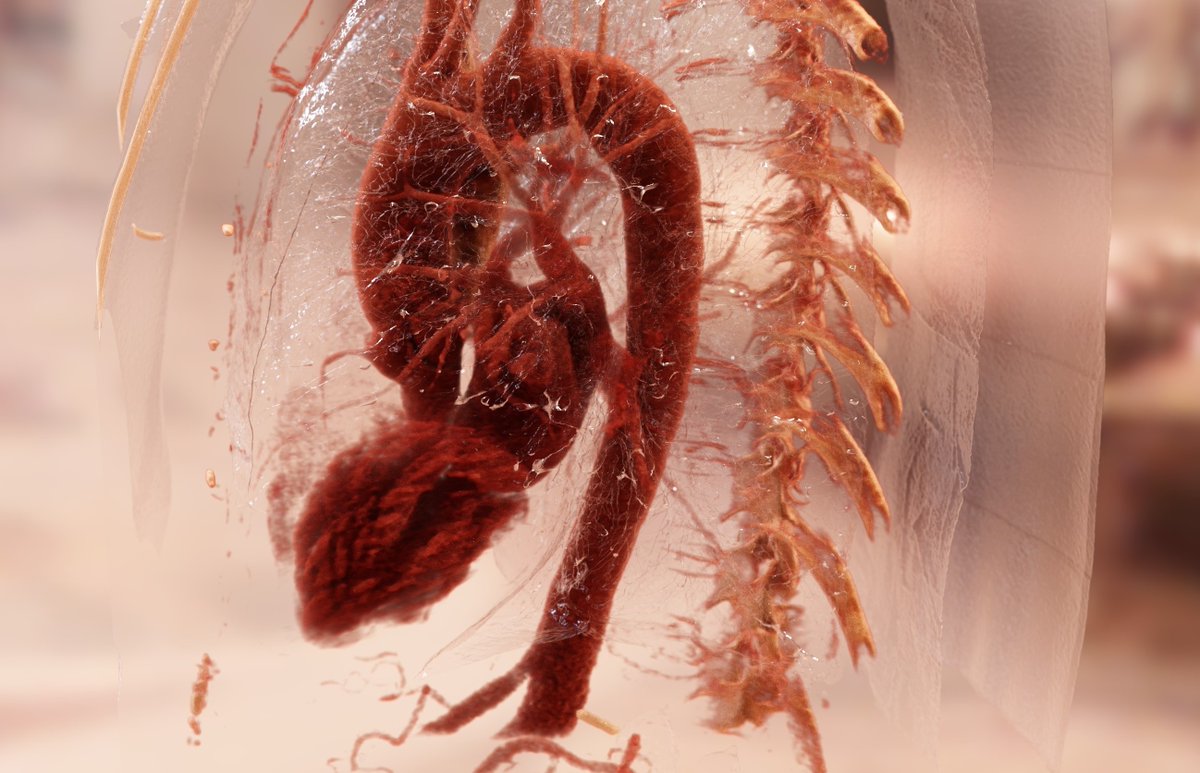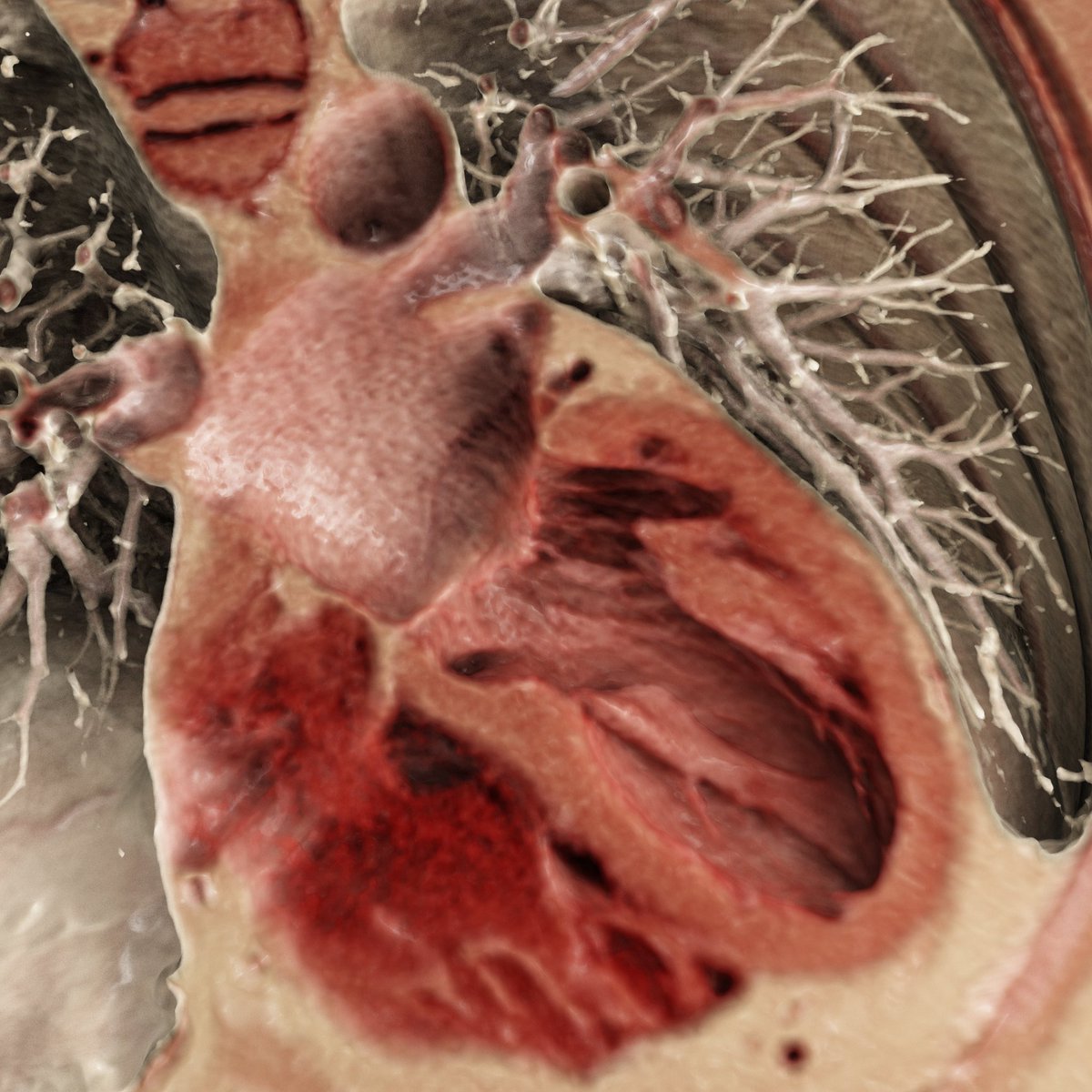Leonardo da Vinci first described a complex network of muscle fibres inside the heart and today in @nature we report on why they are important to health and disease. https://www.nature.com/articles/s41586-020-2635-8 1/8
These strands - myocardial trabeculae - are conserved across vertebrate evolution and lie at the interface between flowing blood and the compact heart muscle. They are shown on this 3D rendering of the inner surface of the heart. 2/8
They have a branching pattern that resembles other "fractal" patterns in nature and this self-similarity allows their complexity to be measured. 3/8
Using machine learning analysis of cardiac MRIs in 20k @UK_biobank participants we found genes associated with fractal complexity in the heart. Some of these are important in cytoskeletal development - and may influence geometric patterns across different organs. #whyCMR 4/8
Mendelian randomisation experiments, physiological observations and bio-mechanical simulations suggest that the complexity of these strands is important for cardiac performance and may affect susceptibility to heart failure. 5/8
So while da Vinci thought trabeculae warmed blood as it flowed through the heart - we provide evidence of their vital role in the function of the adult cardiovascular system. 6/8
This has brought together diverse disciplines including computer vision, bioengineering, imaging, genomics, and developmental biology! Privilege working with @HannahVMeyer, @timdawes2, @MartaSerrani, @ewanbirney, @stuartacook1, @tomlumbers and other amazing collaborators. 7/8
Thanks to our funders - including @MRC_LMS, @TheBHF, @ImperialBRC and @wellcometrust for supporting this work. The code for the research is @github https://github.com/ImperialCollegeLondon/fractalgenetics 8/8
And you can read the paper here - https://rdcu.be/b6ml9

 Read on Twitter
Read on Twitter



